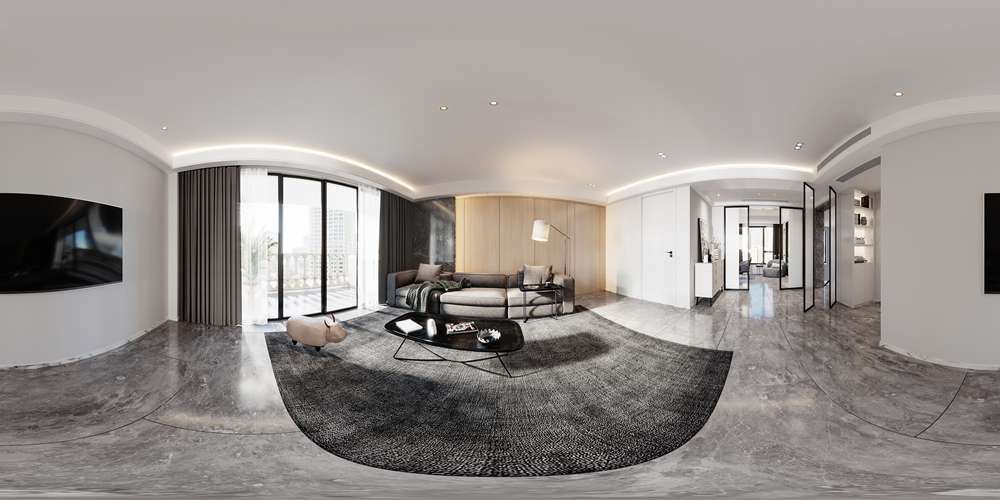
Unveiling the Best Panoramas: A Visual Odyssey
Panoramas have the remarkable ability to capture the essence of a place, presenting a wide angle view that immerses viewers in a stunning visual experience. The pursuit of the best panorama involves a combination of exceptional subject matter, technical prowess, and an artistic eye. Here, we explore what makes a panorama truly stand out.

Ⅰ、Breathtaking Subject Matter
The foundation of a great panorama lies in its subject. The best panoramas often feature awe inspiring landscapes, from the snow capped peaks of the Himalayas to the vast, open savannas of Africa. These natural wonders provide a rich tapestry of colors, textures, and forms that are perfectly suited for panoramic capture. For example, a panorama of the Grand Canyon showcases the dramatic depth and intricate rock formations, drawing the viewer into the scene. However, it's not just natural landscapes that make for great panoramas. Urban cityscapes at sunset, with skyscrapers illuminated by the golden light, or bustling marketplaces filled with vibrant activity can also create captivating panoramic images. The key is to find a subject that tells a story and evokes an emotional response.
Ⅱ、Technical Excellence
To create the best panoramas, technical proficiency is essential. This starts with the equipment used. High quality cameras with wide angle lenses or specialized 360 degree cameras are preferred. They allow for a broader field of view and better image quality. When shooting, proper alignment and overlap of images are crucial. Each frame should seamlessly blend with the next to create a smooth, continuous panorama. Additionally, attention to exposure, focus, and white balance ensures that the final image is sharp, well lit, and color accurate. Post processing also plays a significant role. Using advanced stitching software to combine the images and photo editing tools to enhance the colors, contrast, and clarity can transform a good panorama into a truly exceptional one.
Ⅲ、Artistic Composition
Beyond the technical aspects, artistic composition sets the best panoramas apart. A well composed panorama guides the viewer's eye through the image, creating a sense of balance and harmony. The rule of thirds can be applied, with key elements placed at the intersection points or along the grid lines. Leading lines, such as a winding road or a river, can draw the viewer deeper into the scene. Framing is also important, using natural elements like trees or arches to frame the subject and add depth. For instance, a panorama of a serene lake with trees framing the water creates a more intimate and engaging image. Moreover, the use of color and contrast can enhance the mood of the panorama, whether it's a warm, inviting sunset or a cool, tranquil winter scene.
Ⅳ、Innovation and Creativity
The best panoramas often push the boundaries of traditional photography. Photographers may experiment with different perspectives, such as shooting from a high vantage point or a unique angle. They might also incorporate creative techniques like long exposure to capture the movement of clouds or water, adding a dynamic element to the panorama. Additionally, some panoramas combine multiple images taken at different times of the day or in different seasons to create a composite that tells a more complex story. This innovation and creativity not only make the panorama more visually interesting but also showcase the photographer's unique vision and style.